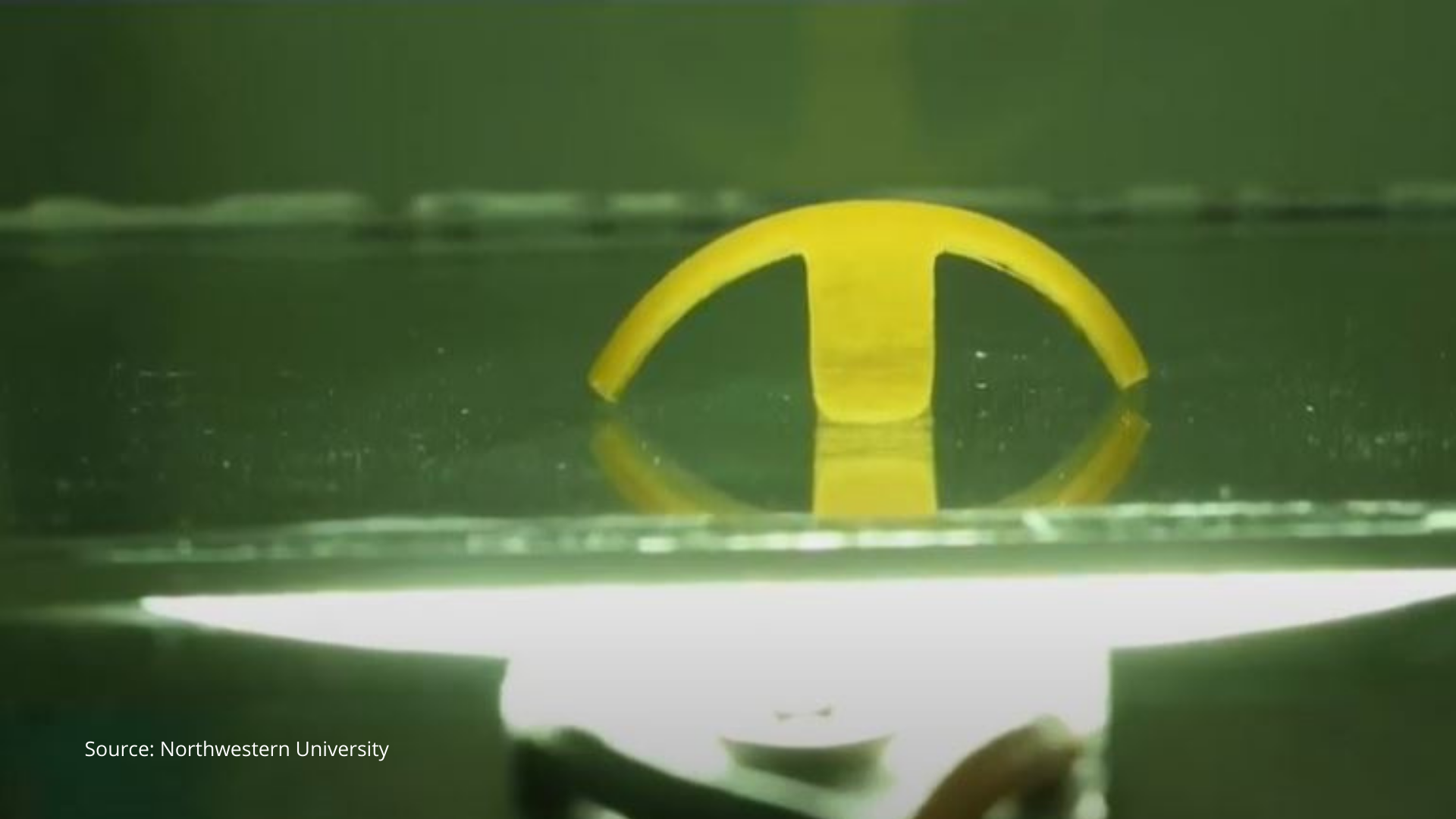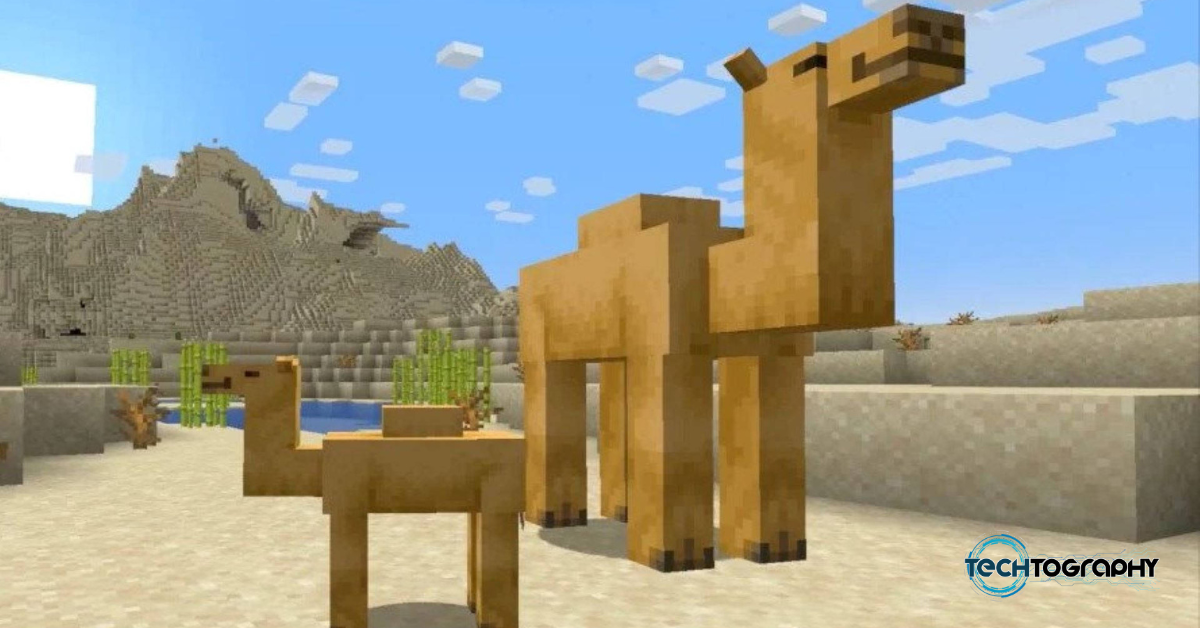A first-of-its-kind life-like material that acts as a soft robot has been developed by the researchers at the Northwestern University. Just on December 9, 2020, they have unveiled some details on their tiny aquatic robot and it is just purely mind-blowing.
According to the researchers, this new technology can walk at human speed, pick up and transport cargo, climb up hills, roll and even break-dance. This centimeter-sized robot resembles a four-legged octopus and is nearly ninety percent (90%) water.
What’s more interesting about this tech is that it is not powered by a complex hardware; not even by hydraulics nor electricity. Then what gives this robot “life”, you ask? Light and magnetic field.
“Conventional robots are typically heavy machines with lots of hardware and electronics that are unable to interact safely with soft structures, including humans. We have designed soft materials with molecular intelligence to enable them to behave like robots of any size and perform useful functions in tiny spaces, underwater or underground.”
– Samuel I. Stupp, Experimental Research
Moreover, Monica Olvera de la Cruz, who led the theoretical work, explained that they can program specific sequences of magnetic fields to remotely operate the robot.
“This programmable feature allows us to direct the robot through narrow passages with complex routes,” she added.
Their research on this unique robot was published in the journal Science Robotics on December 9, 2020.
For More TechNews
See more news and updates all about tech, the internet, gaming, startups, and even about photography by simply exploring our TechToGraphy website, TechToGraphy Facebook page and Twitter account.
Source: Northwestern University, TechCrunch






